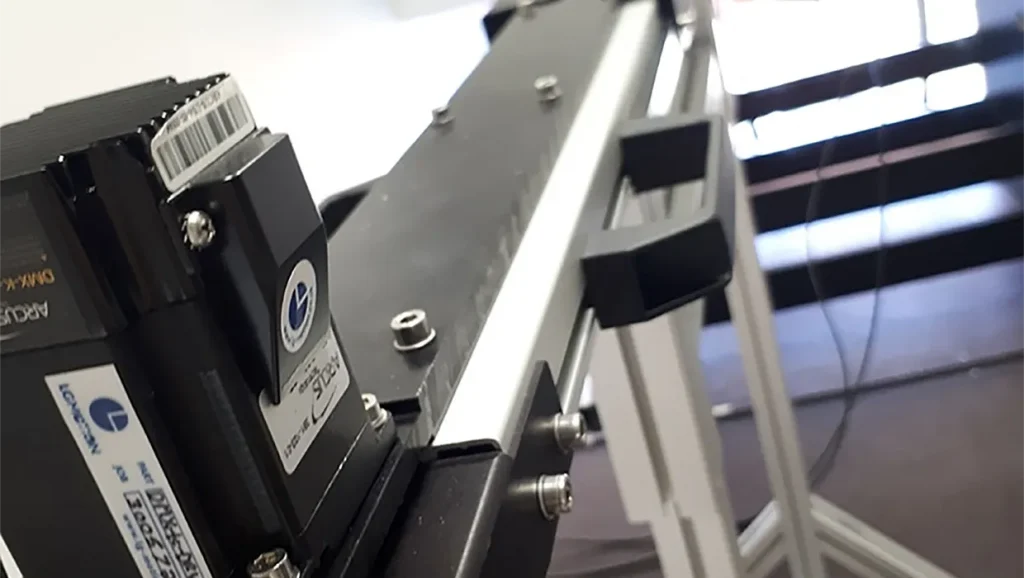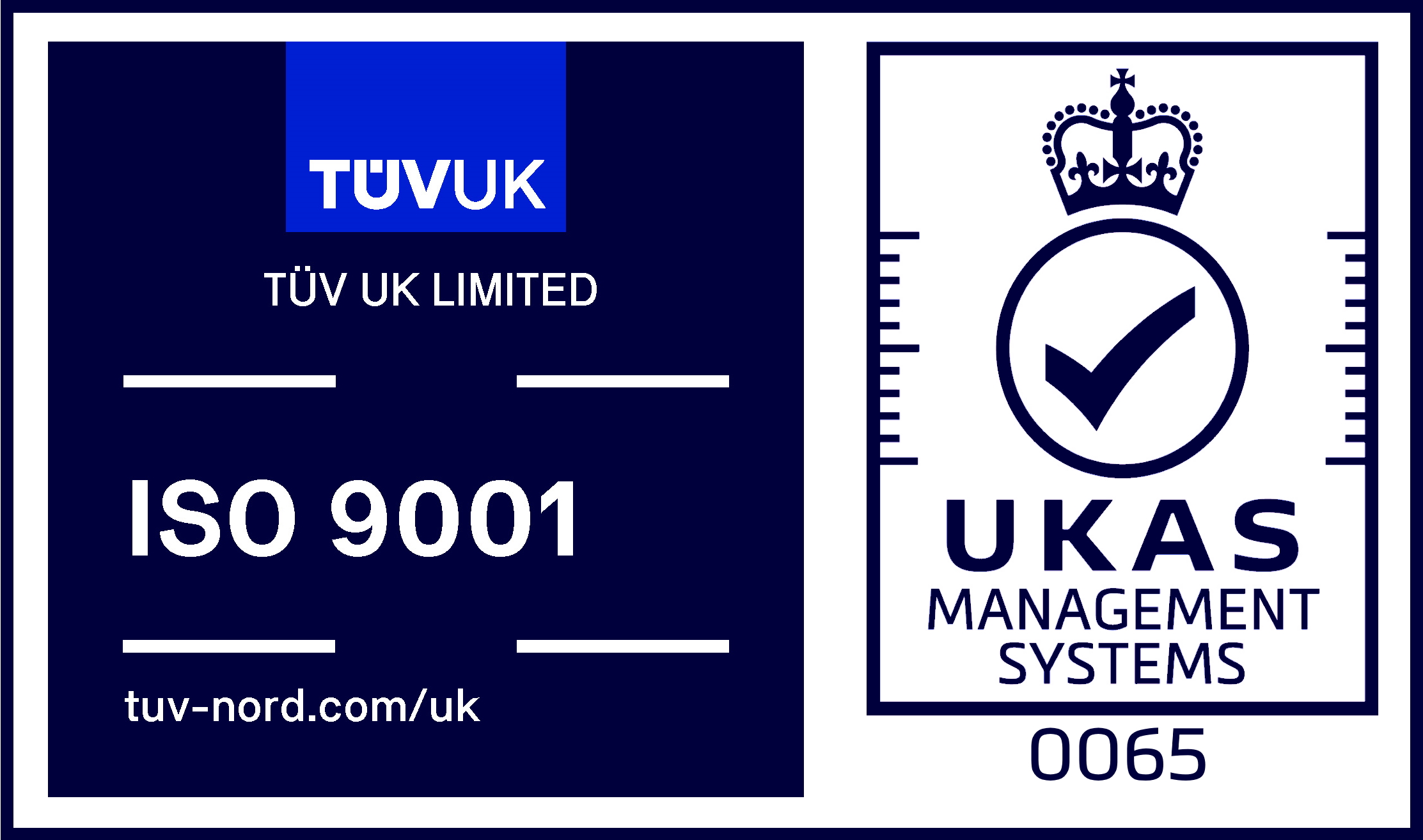Dr Salvatore Grasso, Queen Mary University of London
Set up by the Queen Mary University of London, MagMat is a unique UK capability developed for the processing and synthesis of materials in strong magnetic fields (SMF). The project heralds a new era in material science research where magnetic field-driven forces are coupled with materials synthesis and processing to produce new materials.
We were approached by the university in 2014 to develop a positioning system for use within the test chamber at the facility, helping to enable the new technology to test variable experiments for speed, cycles and motion profile.
Scientific & Research
Key considerations
The test chamber itself is an environment which requires accuracy under extreme pressures:
- Firstly, there is the magnetic field, which operates at intensities up to 15 Tesla, interfering with the operation of controls and motors.
- Secondly, the core temperature within the chamber can be as low as -270 ºC.
- Finally, the chamber is narrow with a 100 mm diameter. The motion control system needed to work accurately across approximately one metre.
The solution
In an extremely difficult working environment with very limited space for traditional solutions, material and component selection was imperative for reliable motion control under the extreme conditions.
A compact base frame using MiniTec modular aluminium profiles was used to support the positioning system, which consisted of an Arcus stepper motor and control.
Customised software was developed using a VB6 front-end connecting to a PC, which simplifies changes of experiment and enables automated cycles to be set, complete with timed or cycle time variations. This enables the researchers to run many different tests and cycles efficiently throughout the night to maximise research time.
Additional challenges
The completed solution was delivered in 2017, having undergone many design changes over the life-cycle of the project. As the researcher’s technology developed, our system had to be adapted to work.
The LG Motion team was supportive to turn our initial idea into reality. I was also welcomed into their offices to discuss our needs face-to-face throughout the project.”
If you are looking for a dedicated partner to work alongside for your electro-mechanical motion project, get in touch.
We’ll work with you to develop the best solution for your specific challenge, no matter how complicated.
Arrange a visit and meet the team:

